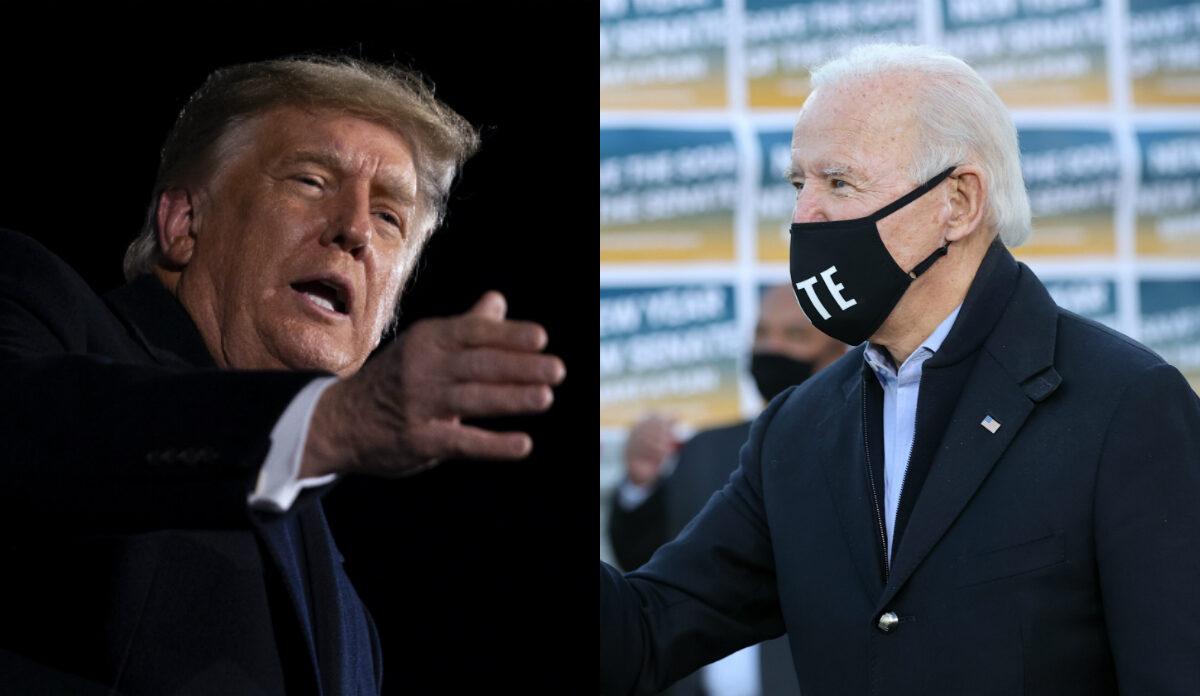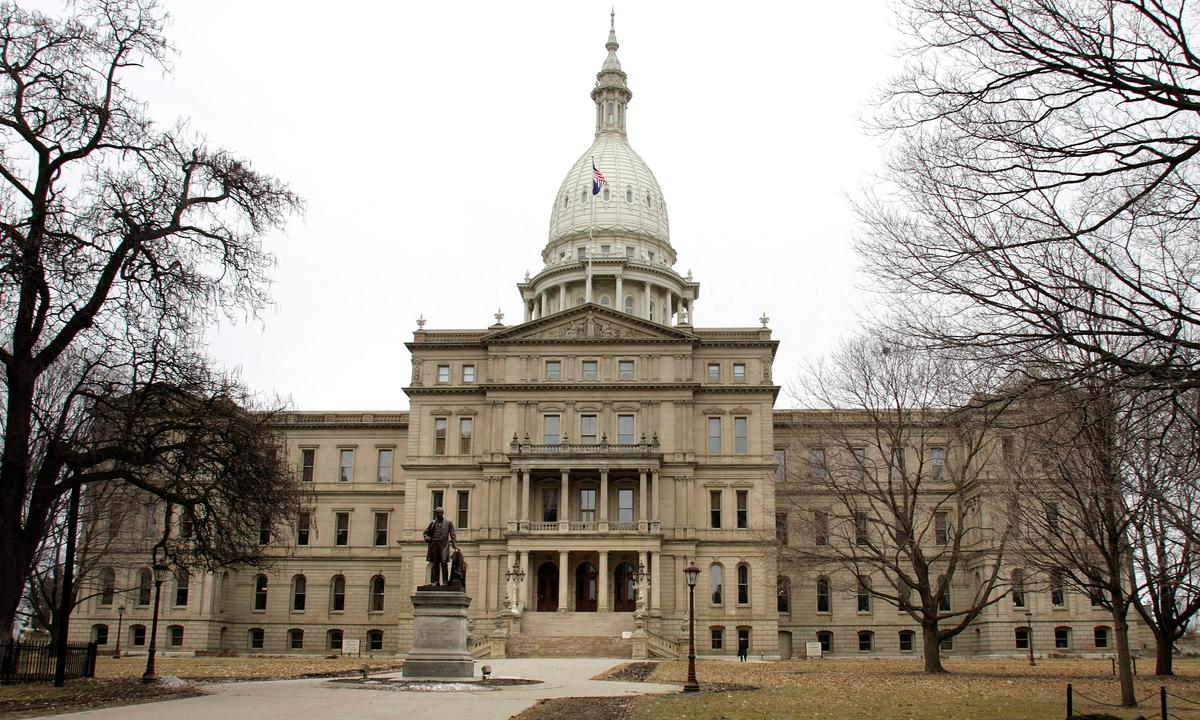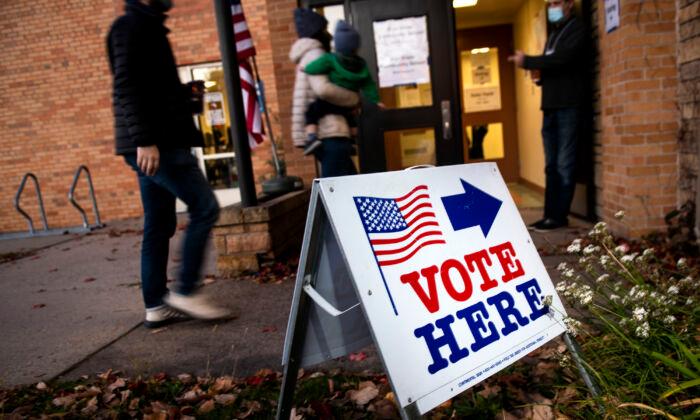The 2022 November general election is fast approaching, and the question on everyone’s mind is, “What’s going to happen?” Will Democrats dominate, or will Republicans see a red wave?
At the state level, Mandy Zoch, Project Manager for the National Conference of State Legislatures, looked into the proverbial “crystal ball” and found five key trends framing state elections.
Key Trends
According to Zoch, the first key trend to watch is the “Rural vs. Urban” vote. She said this issue has been “long simmering” but was exacerbated by redistricting.Before 2016, “fly-over country” was written off as irrelevant by many candidates, but the election of President Donald Trump showed rural voters still have clout and can tip an election. If rural voters show up again in 2022, that could impact which way the election swings in any given state.
According to Zoch, the second key trend to watch is the “Red Wave” question. Zoch said recent polling suggests GOP voters are more energized, but there’s a question on if that will hold until November.

The third key trend to watch is the retiring of over 30 legislative leaders, which Zoch labeled “New Faces.” Traditionally, incumbents have the advantage, but with so many people retiring, there’s a question over who will fill the power vacuum: a Democrat or a Republican?
The fourth key trend is “Issue Overload.” Zoch specified, “Ukraine, abortion, COVID, inflation, racial justice, economic concerns…” The sheer volume of significant issues and often the protests accompanying them have resulted in voters experiencing a sense of inability to keep up. So the question becomes, which issue will be most important in November?
Competitive Chambers
According to Zoch, the total number of state legislators increased from 7,383 to 7,386 thanks to redistricting. Three classifications determine competitiveness, Zoch added.Zoch believes that Senate control in Washington, Oregon, Colorado, Connecticut, and Delaware is competitive, and in Alaska and New Mexico, there’s a chance voters will flip control of the House.
Zoch added that the House and the Senate are up for grabs in Nevada, Arizona, Minnesota, Michigan, Pennsylvania, Main, and New Hampshire.
Currently, Democrats have full control over the legislative chambers in Alaska, Washington, Oregon, Nevada, Colorado, New Mexico, Main, Connecticut, and Delaware.
Republicans have complete control in Arizona, Michigan, Pennsylvania, and New Hampshire.
Minnesota’s control is split: Democrats control the House, and Republicans control the Senate.

Zoch explained why the above chambers could swing by dividing them into three camps: Closely Divided, Historically Swingy, and Redistricting Changes.
Zoch put the Alaska House, Arizona House and Senate, the Nevada House and Senate, the Oregon Senate, and the Washington Senate in the “Closely Divided” column. As an aside, Zoch added, “Oregon is one of the states that is not as Democratic as political outsiders think.” Zoch said that as recent as 10 years ago, there was an even split in Oregon’s chambers, so Republicans gaining ground in the state is “not outside [the] possibility.”
Zoch listed Connecticut’s Senate, Delaware’s Senate, Maine’s House and Senate, Minnesota’s House and Senate, and New Hampshire’s House and Senate as possibly up for grabs based on history.
She added, “New Hampshire, you are the swingiest legislature! New Hampshire changes power so many times.” Zoch said New Hampshire is the one state she doesn’t have to look at each election cycle as she can always count on it falling into the “Historically Swingy” category.
Finally, Michigan’s House and Senate, New Mexico’s House, and Pennsylvania’s House and Senate are competitive, thanks to redistricting changes.





